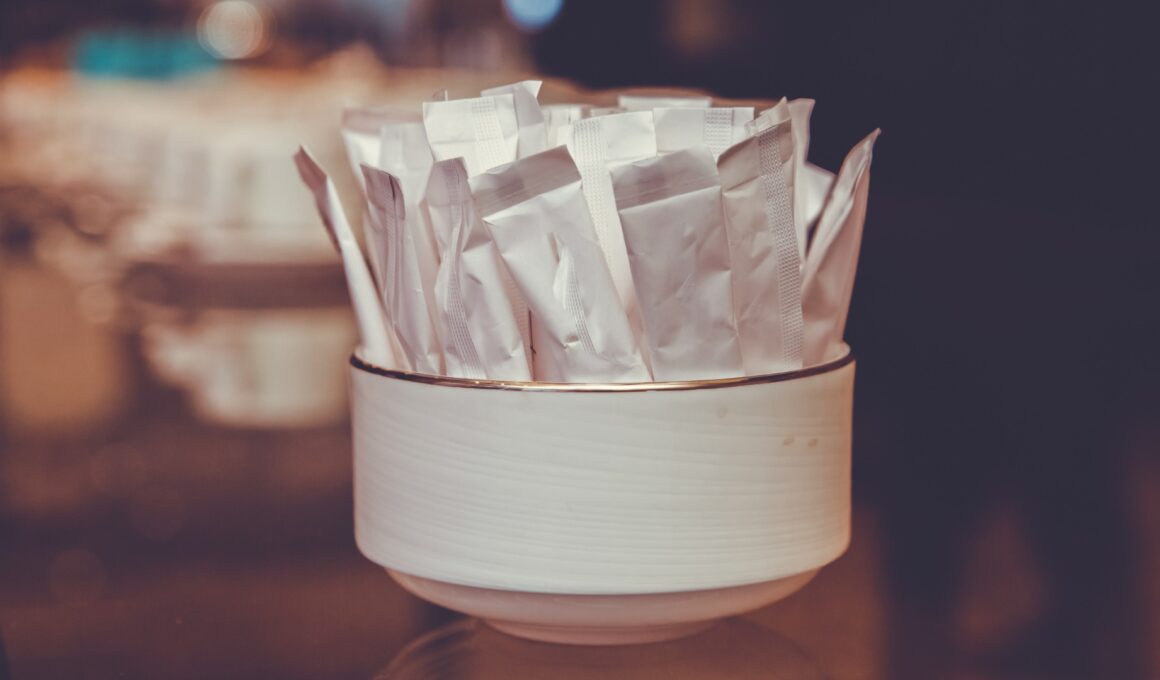In general, people tend to be somewhat down on sweetener, seeing it as an alternative to sugar that really isn’t that much better. Sweeteners can often trigger the same insulin response and hunger pangs as sugar for instance and don’t do much to combat a sweet tooth. And this is not to mention the (inaccurate) health scares surrounding the likes of Aspartame…
But it seems there are some sugar alternatives that are safe from all this bad press. Enter: stevia. This is a sugar alternative that people seem to love and that apparently can solve all the world’s problems. And seeing as everyone now hates sugar – with many dangers now attributed to it – they’re now more popular than ever.
Then you have Splenda, which is less universally loved but which claims to offer many of the same benefits. So which is really the best alternative to sugar? There’s only one way to settle this… fight!
Splenda
In the red corner we have Splenda. Splenda has been on the market now for 16 years and is made primarily from sucralose. It’s apparently completely calorie free but is still made from actual sugar. Its manufactured by McNeil Nutritionals who say the product isn’t natural but is pretty much as close to real sugar as it gets.
The idea according to McNeil is that Splenda isn’t metabolized by the body and thereby has no effect other than making food seem sweeter. The website also claims there are no known side effects and points to a lot of scientific studies to demonstrate this.
This is only partially accurate in reality however. Actually, Splenda is not completely eliminated by the body with a small amount being absorbed by the body. One study published in 2009 (1) found that this 15% of absorbed Splenda could negatively impact glutathione – the body’s ‘master’ antioxidant. This could potentially point to significant impacts on the health. What’s responsible for this issue? Chlorine! Which if you remember from swimming lessons, you’re not supposed to consume in vast amounts…
According to animal studies, Splenda may also impact on gut microflora, which could cause problems with digestion among other things.
Splenda may also have the unwanted effect of raising insulin. The basic idea here is that the body thinks you just consumed a large amount of sugar and so it responds by raising insulin to reduce blood sugar levels. This can then not only cause low blood sugar leading to snacking behavior but may also encourage lipogenesis AKA fat storage (2).
Does this mean that Splenda is dangerous? Not necessarily. The substance was approved for use by the FDA in 1998 and there is currently no hard evidence that Splenda is ‘bad for you’ as such. Nevertheless, it’s clearly not as healthy as the manufacturers would have us believe and there is a slight risk when you’re consuming it.
The much better solution? Just stop having sugar in your tea altogether. Or take your chances with the 16 calories that come from one small spoon.
Stevia
In the blue corner we have stevia, which is right away a little more appealing thanks to its genuinely natural status. Stevia is once again zero-calorie but this time comes from a plant (called the stevia, unsurprisingly) which has been consumed for over 200 years across South America. And despite being calorie free, it’s actually 400 times sweeter than table sugar.
Also unlike Splenda, stevia causes no problems with gut flora and doesn’t contain any chlorine. These are certainly good things.
In fact, some studies suggest that stevia may even be good for you, thanks to its ability to block inflammation, tumors and some harmful pathogens (3). It’s also highly versatile and so popular among bakers – it can be used in liquids, baked goods and processed foods alike.
Of course nothing is perfect though. For starters, it’s uncertain whether stevia triggers an insulin response in the same way as Splenda. There are a few small studies that suggest it doesn’t but none are large enough to provide any guarantee.
Likewise, there is also some concern around stevia derived products being marketed as natural when they’re in fact far from it. And while stevia is sweet, it still doesn’t taste quite like actual sugar. There’s more research that needs to be done into stevia too before we can conclude that it is completely safe.
The biggest danger with stevia though is the die-hard nature of some its fans who promote its benefits wholesale without pausing to consider potential drawbacks. It may have many benefits but nothing is perfect so just proceed with a little caution. Likewise, sugar might cause problems but it’s not completely evil either – it’s harmless and perfectly natural in small doses as with most things.
Certainly though, stevia is a more natural alternative when compared with Splenda and has far less troubling research surrounding it at this point. For that reason, we have to give this fight to stevia all the way.
If you must sweeten your food, consider either sugar or stevia. Leave Splenda out of it.





Please offer documentary proof of "trigger the same insulin response". Proof, not opinion, please.